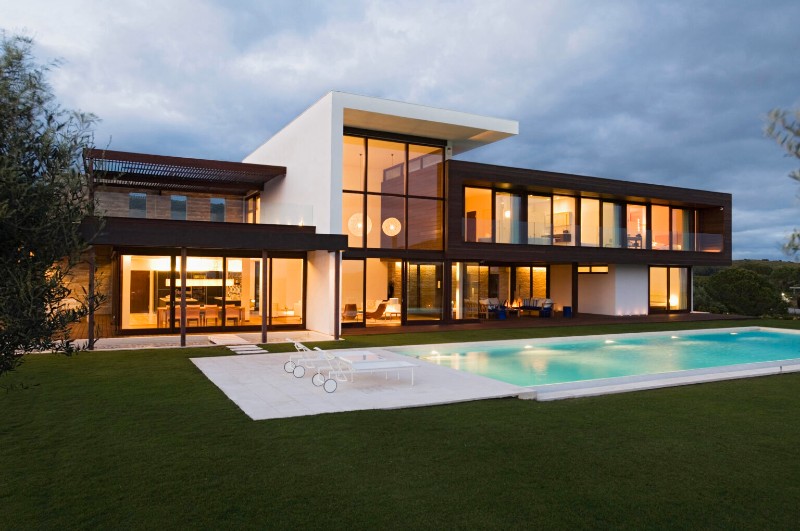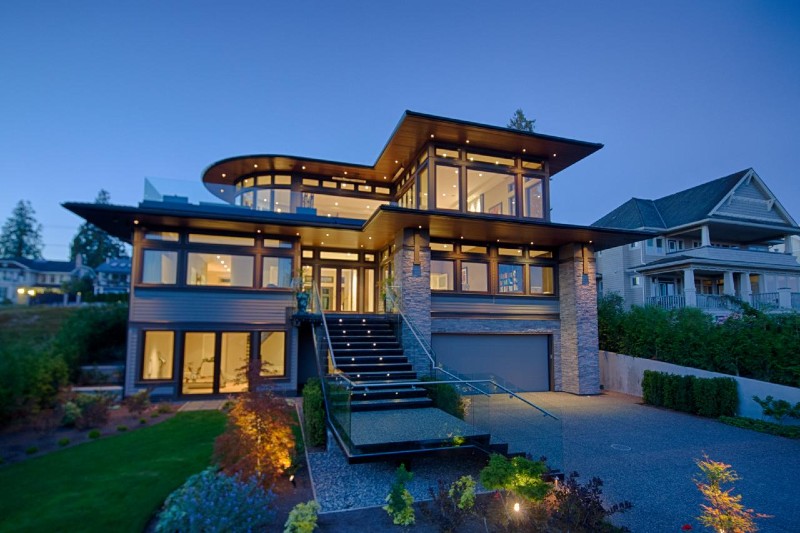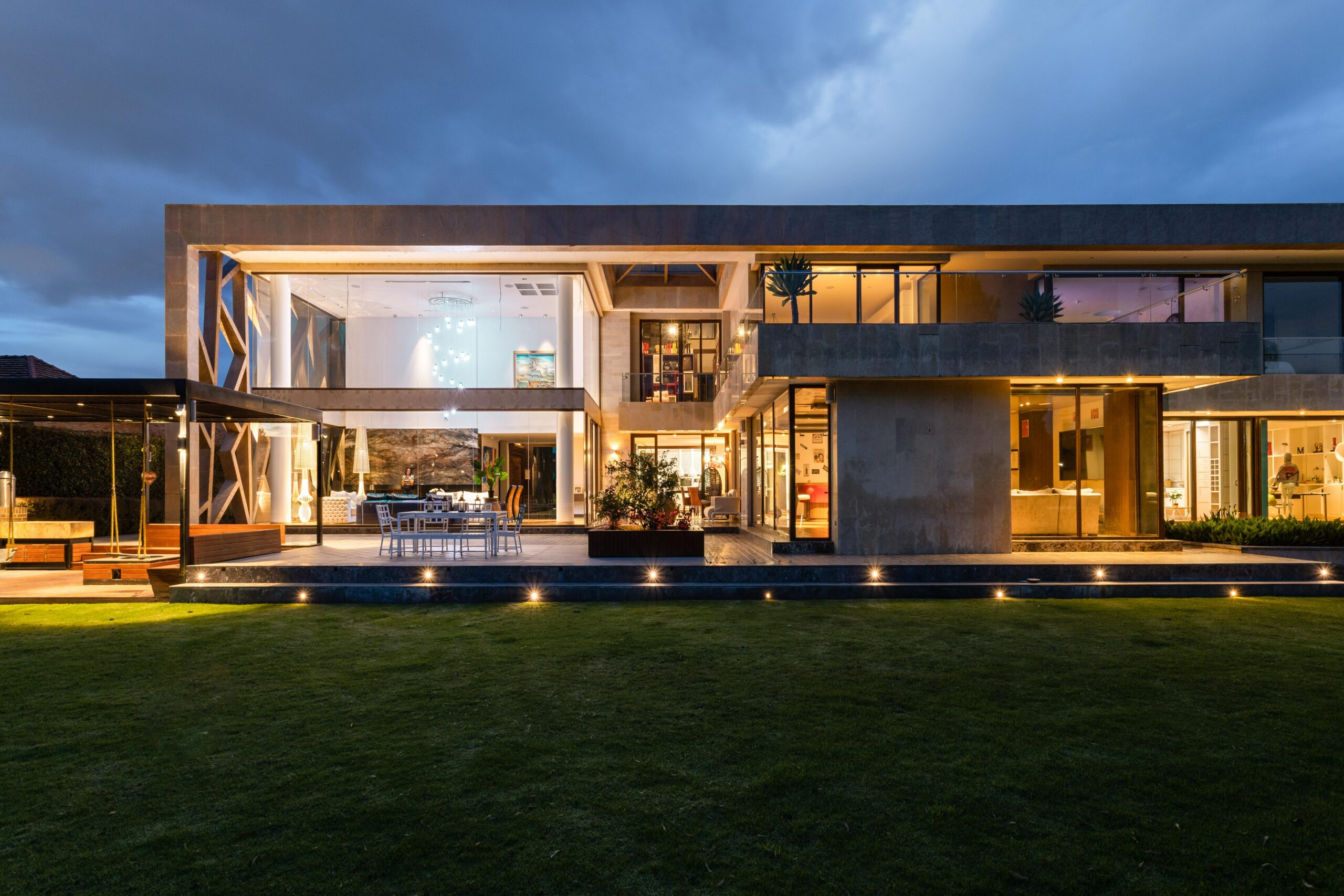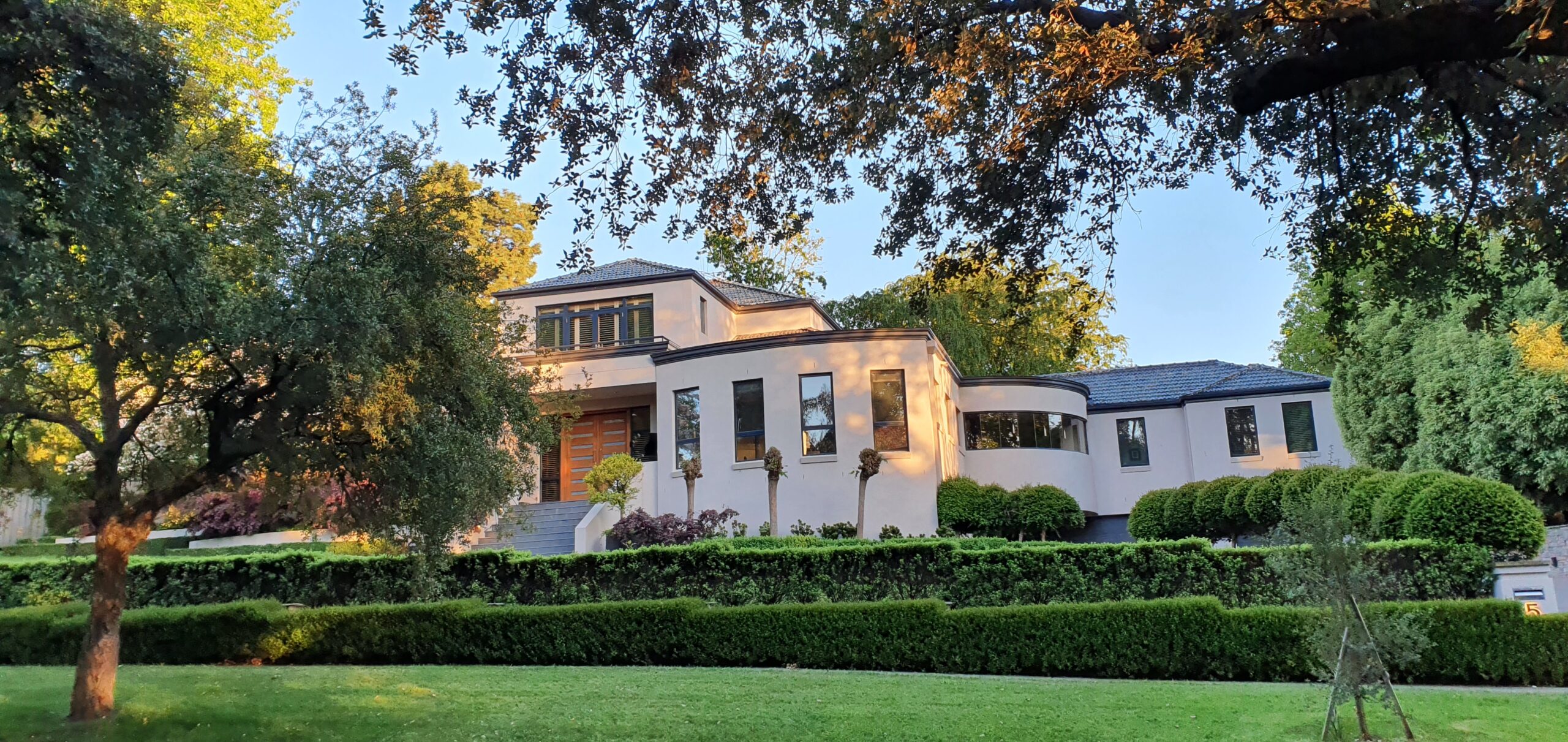When it comes to different types of homes, the terms “modern” and “contemporary” were often used to describe a house’s architecture or design styles. They are often thought to have some similarities, but actually, they’re two different words. The term “modern” usually refers to a particular architectural type of house constructed between the early 1900s and the 1950s. It’s a set style that won’t change and it will always be cutting-edge.
On the other hand, contemporary architecture and design are defined as “the style of the moment”, which is difficult to define because it is constantly changing and influenced by and borrows from previous styles.
In the set of contents below, we’ll talk about two styles of architecture; modern and contemporary architecture, and their differences. We’ll provide some pieces of information that are surely helpful for you if you’re ever thinking of building your own modern and contemporary homes.
What is Modern Architecture?
Modern Architecture or modernist architecture emerged at a time when handcrafted workmanship was being phased out in favor of machine-made industrialization. Modern architects attempted to rethink architectural methods that were more concerned with how people lived rather than what they thought attractive. Unlike revivalist styles, this design is not nostalgic. Instead, it’s innovative, creative, and understated.
Modern architecture is a type of construction that prioritizes function and a clean aesthetic over adornment. This modern style differs from more decorative and ornately furnished homes such a Queen Anne, Victorian, or Gothic Revival styles. Sharp, clean lines are common in modern architecture. In the United States alone, there are various types of modern architecture.
Expressionist, Constructivist, and Mid-Century Modern are just a handful of the categories that exist between 1930 and 1970.
There are various distinguishing characteristics of modern architecture because there are so many styles of it. These are some of the most typical, broad key characteristics that can be found in a variety of forms; lines that are clean and simple, roofs with large overhangs, glass walls, and large windows, well-defined and open floor plans, building materials that are both modern and traditional, and lastly, asymmetrical designs. With the idea that form should follow function, modern design was born.
The architect Luis Sullivan, who constructed buildings for the 1893 Chicago World’s Fair, was the inspiration for this concept. For modern architects, this slogan has become a guiding principle. Frank Lloyd Wright, Staatliches Bauhaus, Ludwig Miles van der Rohe, and Le Corbusier are some of the popular modern architects.
Modern architecture’s most well-known examples stop in the mid-twentieth century, but the design style continues to influence structures well into the late twentieth century.
What is Contemporary Architecture?
Contemporary architecture, in general, can be defined as the architecture of the present day. When discussing architecture, it is common to categorize various types of architecture into several architectural “movements.” These movements are almost all tied to a certain historical time.
Contemporary architecture is not bound by any rules because it is not an architectural movement. Contemporary architects operate in different styles, including postmodernism, high-tech architecture, and innovative interpretations of conventional architecture, as well as highly conceptual forms and designs that resemble sculpture on a grand scale. They use cutting-edge technology and modern building materials, such as tube structures, which enable buildings to be built that are taller, lighter, and more powerful than those built in the twentieth century, while others highlight the use of natural and eco-friendly materials such as wood, stone, and lime.
An example of a famous architect known for his works of modern and postmodern architecture is Philip Johnson, an American architect. He’s the one who designed the modernist Glass House in New Canaan Connecticut, and post-modern 550 Madison Avenue in New York. By its very essence, contemporary architecture is unpredictable and imaginative.
More than any unique visual attribute, this style is driven by a desire to deviate from the usual. In a domestic setting, it usually involves the use of unusual building elements or industrial materials such as glass, concrete, metal, and exposed brick. These materials provide a jolt of minimalism while still providing warmth.
The same qualities may be found in residences from Seattle to Sydney when looking at contemporary homes.
These are some of the characteristics of contemporary architecture; bright and open interiors using large windows and lots of natural light, open floor plans, flat roofs, natural materials, sustainable design, and the use of natural features. Many excellent aspects of contemporary architecture are sure to last for a long period of time. Architecture nowadays is creative and imaginative while also being functional, from practical components that promote energy efficiency and the beauty of open spaces to a fresh embrace of the landscape and all the textures, colors, and design characteristics nature has to give.
Many popular landmarks around the world are regarded as great examples of contemporary architecture. The Sydney Opera House, London’s Gherkin, and Beijing’s National Grand Theater are among the most well-known. The individuality of those structures is what makes them so remarkable as well as excellent examples of contemporary architecture.
Modern vs. Contemporary Design
A lot of people mistakenly believe that modern and contemporary design are the same thing. But, there’s a world of difference between the two. Although they are sometimes used interchangeably to describe similar things, the terms “modern” and “contemporary” are not interchangeable when it comes to design.
Some of the differences between modern design and contemporary design are that modern design mostly features wood and earthier design elements while contemporary design features cutting-edge materials, glass, and metals. When it comes to colors, contemporary design frequently employs a limited color palette of black, white, and gray. If color is used, it’s usually a pure, saturated tone such as true red, indigo, or orange.
Rust, turquoise, brown, and olive greens are examples of modern design hues with an earthier tone. These two popular styles also have some similarities; both the aesthetics and functionality are minimalists, both of the style signatures are clean, architectural lines, and lastly, both of them have an open space feel.
When it comes to architecture, contemporary homes are less constrained and combine a variety of styles; they are more freeform, and an architect can utilize greater artistic license in the design. On the other hand, there isn’t to imply that a modern design home can’t be original; nonetheless, contemporary homes tend to be noticed more in terms of shape distinctiveness. You can also note commonalities in the huge windows and flat roofs employed in each design.
There is a distinction in architecture between modern and contemporary houses, as well as in the materials utilized to construct the structure. Modern homes are frequently constructed using traditional materials and have a “normal” appearance from the outside. Contemporary building materials are frequently eco-friendly, recyclable, and can be unusual or out-of-the-box in nature, like the material used by contemporary builders in constructing a house.
They repurposed old shipping containers to create a house in Santa Monica, California.
When it comes to decor, you might notice that a contemporary home, such as the outside of the house and the design, has more variance between them. Sharper edges, trendier patterns, and larger furnishings are all common aspects of the decor. While modern decor is warmer than contemporary decor, just like its exterior and design equivalents.
Trends and styles determined by magazines and well-known designers are the foundations of modern decor.
Which Design is Better?
Others claim that there are aspects of modern-style homes that make them superior, while some would say that contemporary style is the way to go. When it comes to determining how you want your home to be designed, whether you prefer a modern home or a contemporary home, it will be your own decision based on your and your family’s needs.
Choose the design elements that you like best and those that are most useful in your daily life. Both designs are different and offer different styles and vibes. It’s up to you which design is appropriate for your new home.
Choose your own style of home that will provide shelter for your family, whether it’s a modern home or a contemporary home, both are better.
Final Thought
Choosing a home for your family is quite a hard job. There are a lot of things to look out for and you need to choose wisely. If you’re still not sure about the difference between modern and contemporary architecture, in a simpler form of explanation, modern alludes to a specific time period in American history, while contemporary relates to today’s ever-changing home design trends.
So, choose a design that you think is what your family and home need. It’s not important whether it’s modern or contemporary, the important thing is, you can give shelter to yourself and your loved ones. You can always seek a professional’s help if ever you’re having a hard time choosing between the two.




Comments